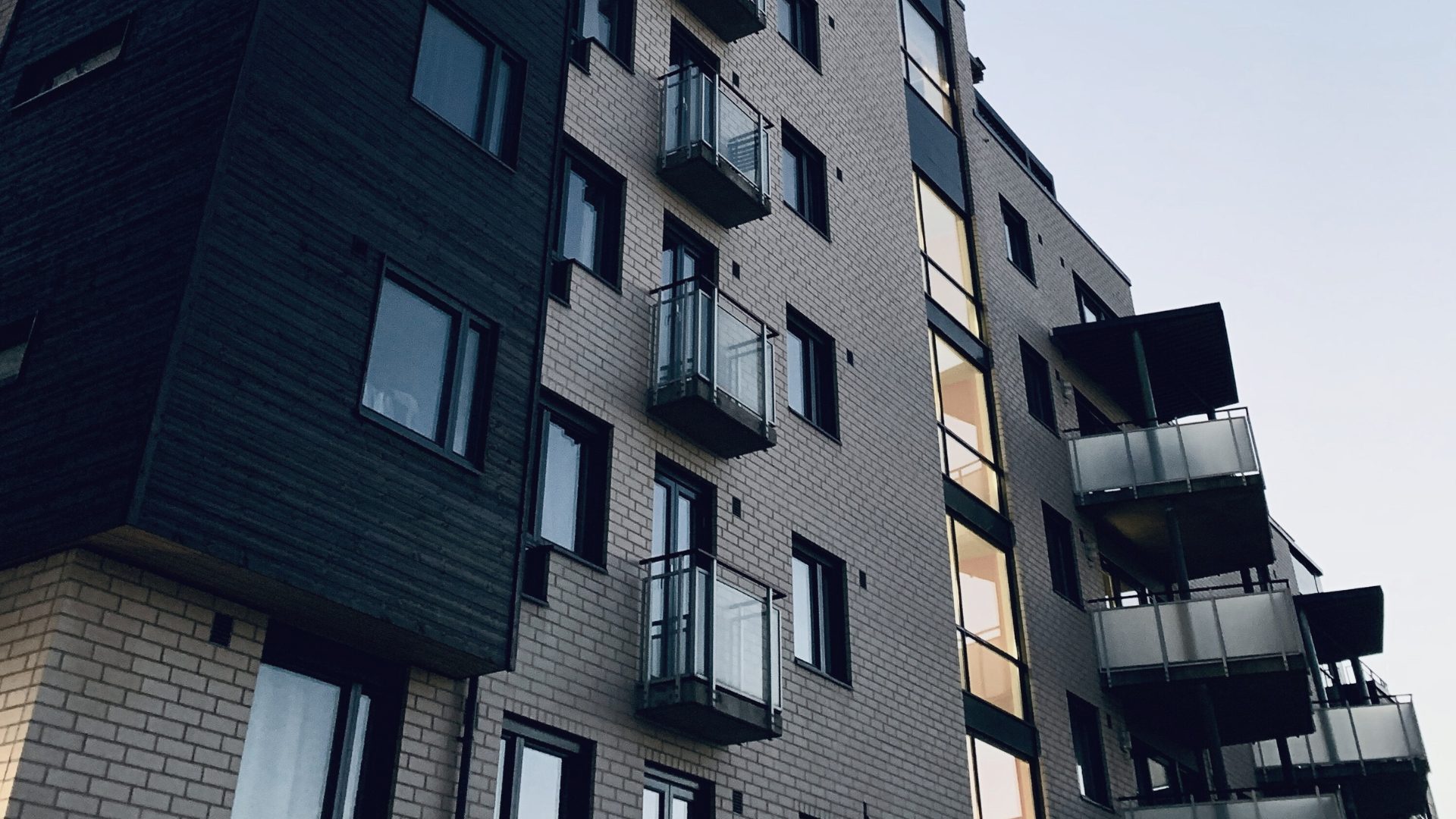Demystifying the Safety Case Report
A Safety Case Report (SCR) represents the cornerstone document for demonstrating building safety compliance in high-rise residential buildings. This comprehensive assessment identifies fire and structural hazards whilst documenting the control measures implemented to protect residents and property.
Think of it as your building’s safety blueprint—a living document that proves to the Building Safety Regulator (BSR) that all identified risks are understood, managed, and continuously monitored.
Is Your Building Required to Have an SCR?
Under the Building Safety Act 2022, Safety Case Reports are mandatory for all Higher-Risk Buildings (HRBs). Your building qualifies as an HRB if it meets these criteria:
- Height: Exceeds 18 metres, OR
- Storeys: Contains 7 or more storeys, AND
- Use: Includes two or more residential dwellings
The Principal Accountable Person (PAP) bears legal responsibility for creating and submitting this report. This involves collating comprehensive building data, commissioning required risk assessments, and ensuring all safety measures are accurately documented as part of the Golden Thread of Information.
Important: The BSR plans to reissue Building Assessment Certificate (BAC) invitations every 5 years, making regular SCR updates essential for streamlined future submissions.
SCR Submission Timelines: What to Expect
The submission process begins when your PAP receives an official BAC invitation from the BSR. Here’s the timeline:
- Initial Notice: The BSR sends advance warning that you may be called within the next 3 months
- Official Invitation: 28-day window to submit your complete BAC application (including SCR)
- Final Notification: 6-day warning before the submission deadline
Planning ahead is crucial—don’t wait for the invitation to start preparing your report.
Understanding the Building Assessment Certificate (BAC)
The BAC serves as official confirmation that your high-rise residential building complies with Building Safety Act 2022 standards. To award this certificate, the BSR conducts a rigorous assessment of three key documents:
- Your Safety Case Report
- Mandatory Occurrence Reporting system
- Resident Engagement Strategy
A multidisciplinary team—including regulatory leads, fire assessors, and structural assessors—evaluates your submission against 126 individual compliance requirements published by the BSR.
Essential Components of a Compliant Safety Case Report
Existing guidance suggests that the Safety Case Report should include:
- Details of relevant persons
- Building specifics
- Risk assessment techniques
- Risk management strategies
- Safety systems
- Evacuation plans
- Mandatory occurrence reporting policy
- Resident engagement strategy
- Ongoing works
- Building improvements
Details of Relevant Persons
You must include detailed information about all (Principal) Accountable Persons, the building owner, the Responsible person(s) (under the Regulatory Reform (Fire Safety) Order 2005), and any third parties involved in the production of the Safety Case Report.
The Safety Case Report must include comprehensive details of the building specifics, such as the building’s name, address, design, construction materials, structural features, occupancy type, fire safety systems, a description of the wider area, and any unique characteristics that could impact safety.
Risk Assessment Techniques
Outline the methods utilised for identifying potential hazards within the building, including comprehensive fire risk assessments, thorough structural surveys to assess integrity, and detailed evaluations of utilities such as gas and electrical systems.
Risk Management Strategies
Outline the strategies implemented to mitigate identified risks, detailing preventive measures, control systems, and procedures aimed at minimising the probability and impact of potential incidents.
Detail the current safety features installed within the building, covering essential aspects such as fire safety systems (including alarms, sprinklers, and fire doors), structural integrity measures, and any safety provisions related to utilities.
You must demonstrate preparedness for emergency situations by providing detailed information on how the building ensures the safety of residents during fires or other emergencies.
Mandatory Occurrence Reporting Policy
Part of the Safety Case Report involves outlining how specific safety incidents will be reported in accordance with regulatory requirements. This encompasses a structured approach to reporting various incidents, including fires, near misses, and defects in safety systems.
Each reporting category—fire incidents, near misses, and defects in safety systems—requires clear documentation and adherence to regulatory guidelines to uphold building safety standards and ensure resident welfare. Regular reviews and updates to these reporting procedures are necessary to adapt to changing circumstances and continuously improve safety measures.
Resident Engagement Strategy
Describe your plan to keep residents informed about building safety issues, fire drills, and how to report concerns. This fosters a culture of safety awareness among occupants. A robust resident engagement strategy is crucial for fostering a culture of safety and preparedness among building occupants.
If there are any planned or ongoing building works, it is crucial to include detailed information in the Safety Case Report (SCR). These works might encompass renovations, upgrades, or maintenance activities that could impact building safety and resident well-being.
By addressing these aspects in the Safety Case Report, stakeholders can ensure that planned or ongoing works are managed effectively, minimising disruption to building safety and resident well-being while maintaining compliance with safety regulations and enhancing overall building resilience.
The Safety Case Report should outline planned improvements aimed at enhancing the overall safety of the building. These improvements are crucial for mitigating risks and ensuring the safety of residents and occupants. This could involve upgrading fire safety systems, improving accessibility for evacuation, or addressing identified structural concerns.




0 Comments